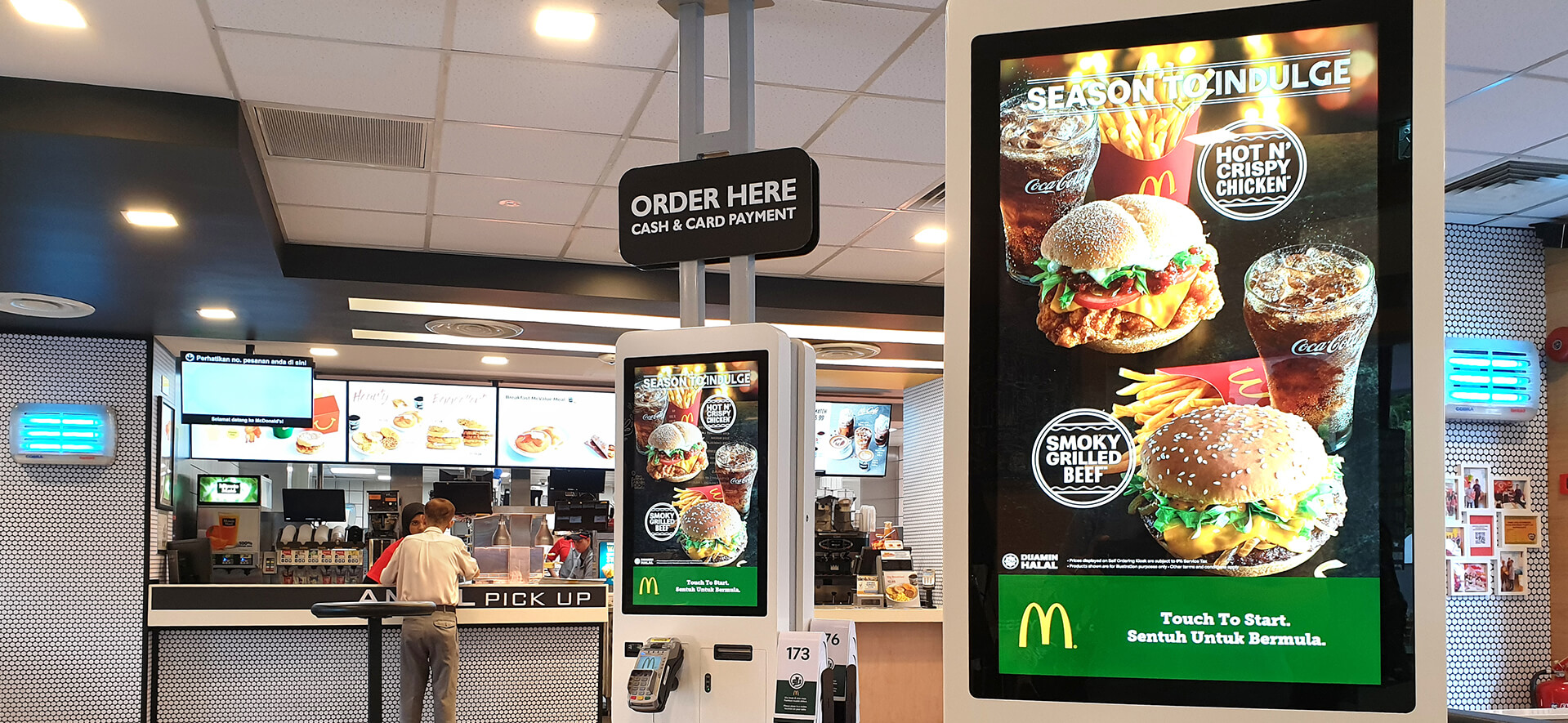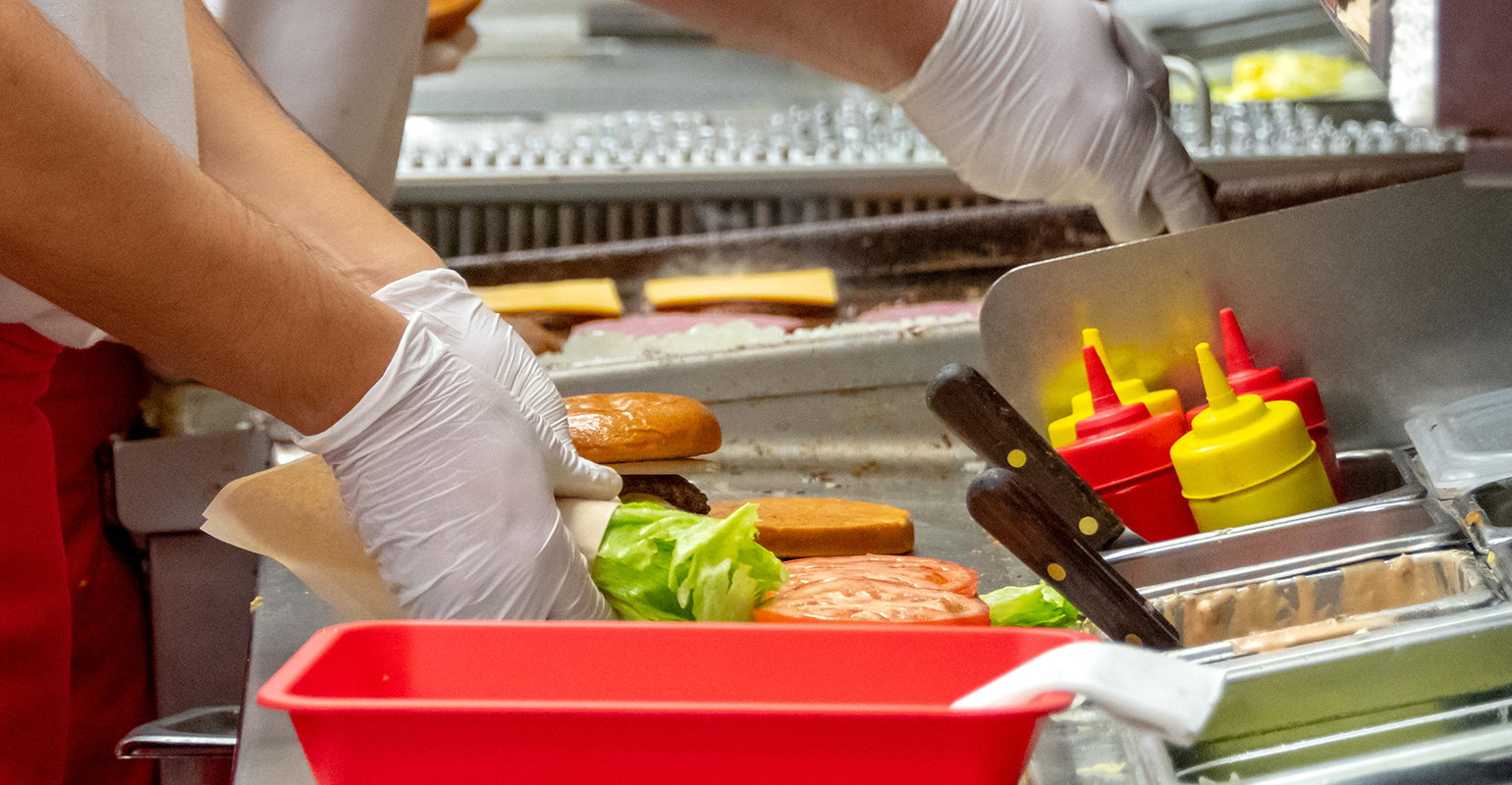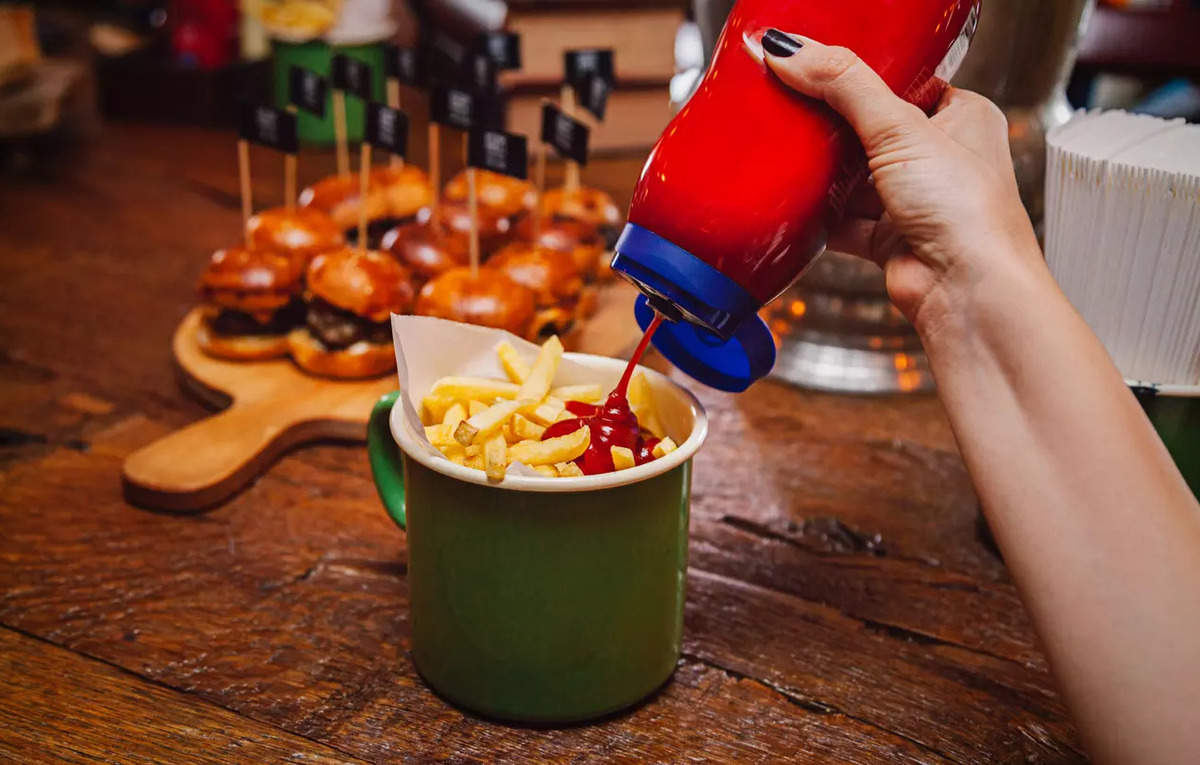The QSR sector has witnessed a decline in demand and margins in Q2FY24, but anticipates a recovery in Q3, according to the preview of the results

The QSR sector has witnessed a decline in demand and margins in Q2FY24, but anticipates a recovery in Q3, according to the preview of the results
The Quick Service Restaurant (QSR) industry has been an integral part of the global food landscape for decades. With its quick and convenient dining options, it caters to a wide range of customers looking for fast and tasty meals on the go.
However, like many other sectors, the QSR industry has had its share of challenges in recent years, exacerbated by the COVID-19 pandemic.
As we approach the end of Q2FY24, investors and industry analysts are eagerly awaiting the financial results of QSR giants to gain insight into the current state of the industry.

The QSR industry, which initially suffered a severe blow due to the pandemic, saw a significant recovery in demand as restrictions were lifted and consumers sought out familiar and convenient food options.
In the early stages of the pandemic, drive-thru and delivery services became the lifeline for many QSR chains. However, as we progress into Q2FY24, signs of demand deceleration have emerged.
Several factors contribute to this slowdown in demand. Firstly, the novelty of reopening and returning to dine-in experiences has waned, leading to a more balanced distribution of sales across various channels.

Secondly, consumer preferences have started to shift towards healthier and more sustainable food choices. While many QSR chains have adapted to these trends by introducing plant-based options and healthier menu items, the transition is not without challenges.
Additionally, economic factors, such as rising inflation and increased input costs, have put pressure on consumers’ disposable income, affecting their dining choices. The competitive landscape of the QSR industry has also intensified, with new entrants and innovative concepts vying for market share. As a result, Q2FY24 is expected to reflect a continuation of the demand deceleration observed in the previous quarter.
The QSR industry has long grappled with the challenge of maintaining healthy profit margins while offering competitive pricing to attract customers. The impact of the pandemic has exacerbated this issue, with several factors contributing to the ongoing weakness in margins.
.jpg)
One of the primary drivers of margin weakness is the supply chain disruptions that have persisted due to the pandemic. These disruptions have resulted in increased transportation costs, ingredient shortages, and production delays, all of which have a direct impact on operational expenses. QSR chains have been forced to absorb some of these additional costs to remain competitive, squeezing their profit margins.
Furthermore, the labor shortage experienced by the industry has led to increased wages and benefits to attract and retain employees. While investing in human capital is crucial for service quality and customer satisfaction, it puts additional pressure on margins.
To address these margin challenges, QSR chains have been exploring various strategies, including price adjustments and cost-saving initiatives. However, these efforts may take time to yield significant results and are unlikely to fully alleviate margin weakness in Q2FY24.

Despite the current challenges, there is optimism for a demand recovery in the QSR industry, expected to gain momentum in Q3FY24.
Historically, the QSR industry experiences increased demand during the summer months, driven by vacations, outdoor activities, and an overall boost in consumer spending. This seasonal trend is expected to provide a much-needed uplift to sales.
QSR chains have shown resilience by adapting to changing consumer preferences. New menu launches, marketing campaigns, and collaborations with food delivery platforms are expected to stimulate demand.
Investments in digital infrastructure, including mobile apps and online ordering, have enabled QSR chains to engage with customers more effectively. As consumer behavior continues to shift towards digital channels, these investments are likely to pay off with increased sales and customer loyalty.
As economies stabilize and disposable incomes improve, consumers may become more willing to dine out and indulge in QSR offerings, supporting a demand recovery.

QSR chains that have successfully expanded their menu to include healthier and more sustainable options are likely to attract a broader customer base, further aiding demand recovery efforts.
The QSR industry is facing demand deceleration and ongoing margin weakness as it navigates the challenges presented by the COVID-19 pandemic and changing consumer preferences.

However, there is optimism for a demand recovery in Q3FY24, driven by seasonal trends, continued innovation, digital transformation, economic recovery, and menu diversification. Investors and industry stakeholders should closely monitor the Q2FY24 results and look for signs of these recovery factors taking effect as the year progresses.




